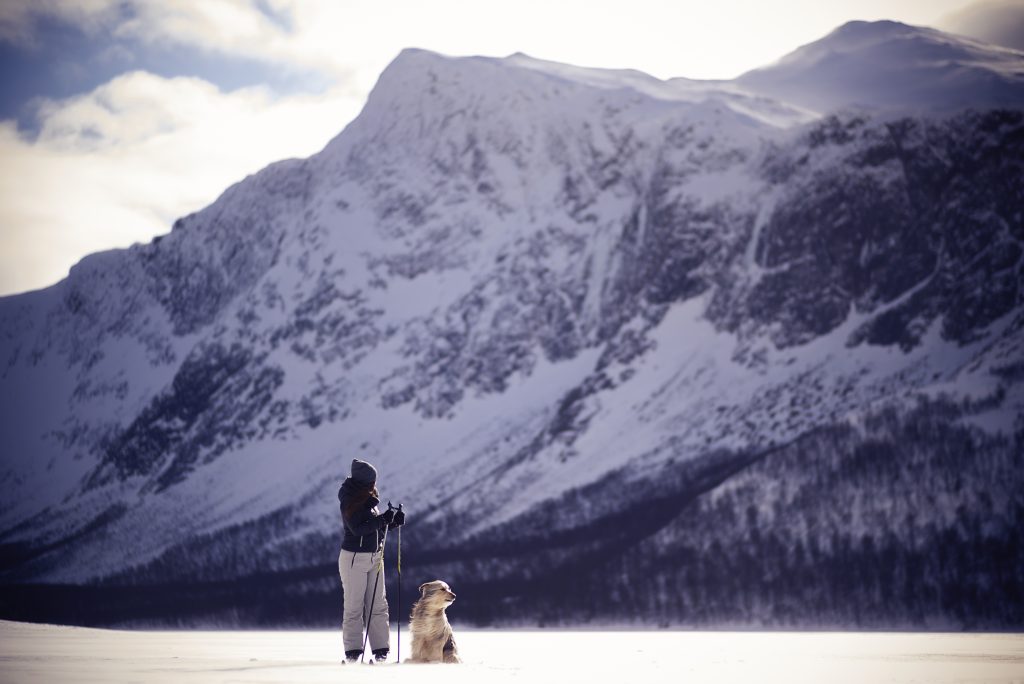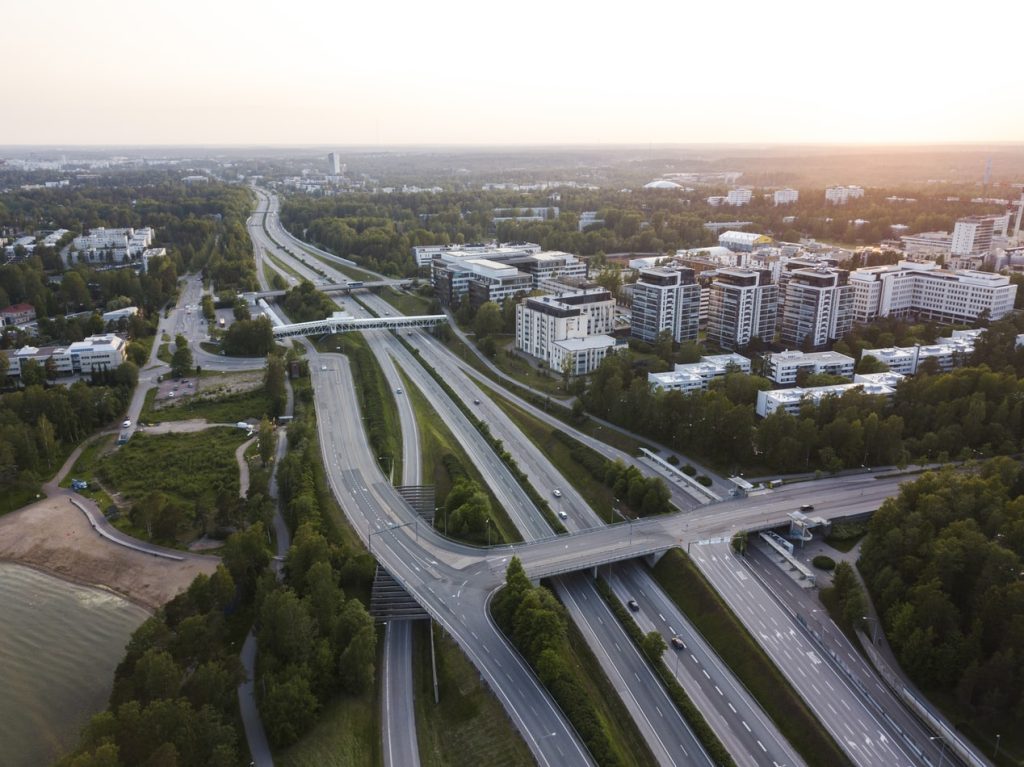The connection between spending time in green urban areas and well-being, especially in light of the pandemic, can perhaps be taken for granted.
Yet, NORDGREEN, a NordForsk funded project about “Smart Planning for Healthy and Green Nordic Cities” is uncovering the ways in which the provisions of green spaces across Nordic cities work or have the potential to improve. This post shares some musings from my time in the project as it enters its fourth and last year of research activities.
Nature and research in the time of Covid-19
NORDGREEN kicked off at the onset of 2020, but like all research projects at Nordregio, many of the planned activities were curtailed, and before we knew it, we were all learning the art of online meetings as work incrementally progressed. The upside of delving into the literature about the importance of nature to health and well-being while “working from home” was realising how essential access to green space, especially in the urban context, became during this time.
Indeed, it took a pandemic for many to discover a strong desire to spend time outdoors. A lot of research, some of which has been previously published by NORDGREEN’s research partners, has shown the mental and physical benefits of spending time in green spaces. If anything, the project has, and will hopefully continue to strengthen public awareness of the fundamental human need for connection to and moving in nature.

Piloting citizen participation will continue to be key in urban green space developments
One of the key research activities during my time in NORDGREEN was conducting Public Participation GIS (PPGIS) surveys in the cities of Stavanger and Vilhelmina. They were carried out thanks to the support of colleagues at Aalto University, who have been leading this field of work for many years, as well as city colleagues. The two surveys managed to engage local communities in sharing and voicing respondents’ needs and ideas for developing urban spaces that can promote health while encouraging socialising and physical activity. An additional two PPGIS surveys were also launched in Espoo and Ii, the former having managed to collect one of the countries’ largest datasets of its kind.
While the PPGIS data is still being unpacked, there is still much more work to be done in greening Nordic communities and providing spaces for people of all ages to interact. According to the WHO, urbanisation continues to be a key challenge for public health and more than 70 percent of deaths globally are caused by non-communicable diseases. The development of Nordic smart cities will therefore continue to require capacity for innovative usage of digital tools and novel forms of collaboration across heterogeneous stakeholders.
Today, there are still barriers to effectively include all (municipal decision-makers, entrepreneurs, and citizens) in relevant decision-making processes. Why does this happen? There is still a lack of awareness of participation opportunities on one end, and the ability to apply the right processes and tools for adequate citizen engagement, on the other. Yet, adapting sustainable urban places requires the knowledge of everyone that is part of inhabiting these spaces. Developing tools and guidelines that are applicable to Nordic cities and municipalities of all sizes – from metropolitan areas to remote towns – are therefore needed.

Connecting Nordic cities, partners and people with green spaces
Despite the pandemic, the project consortium has stayed in regular contact and in November 2021, everyone could finally gather in Espoo/Helsinki for a physical project meeting in conjunction with Nordregio Forum. NORDGREEN has since gathered partners in the cities of Stavanger and Hamar, harnessing the value of meeting face-to-face and sharing updates on progress and milestones. In 2022, the project also had its research evaluation by NordForsk, which was an opportunity to not only take stock of what everyone in NORDGREEN has contributed to but also share this with a wider audience. The results from the evaluation will be shared at the beginning of 2023.
Given the ongoing relevance of the thematic research areas in NORDGREEN, engagement and outreach has been a cornerstone that has kept the project dynamic. The engagement will continue and throughout the coming year, NORDGREEN will run a series of webinars hosted by the project’s research partners, where the cities of Espoo, Täby, Stavanger and Vilhelmina will share experiences on green urban planning. For more information and registration, see https://www.lyyti.in/nordgreencitytalks. The project will culminate in the NORDGREEN Handbook which hopes to inspire even more cities across the Nordics and beyond to draw approaches from the projects into concrete practices.
The Nordic vision seeks to become the world’s most green, innovative and socially sustainable region. If we manage to have an active and healthy population by 2030, reversing ongoing negative trends seen in the Nordic countries and elsewhere, we will perhaps move along towards a more sustainable future…


